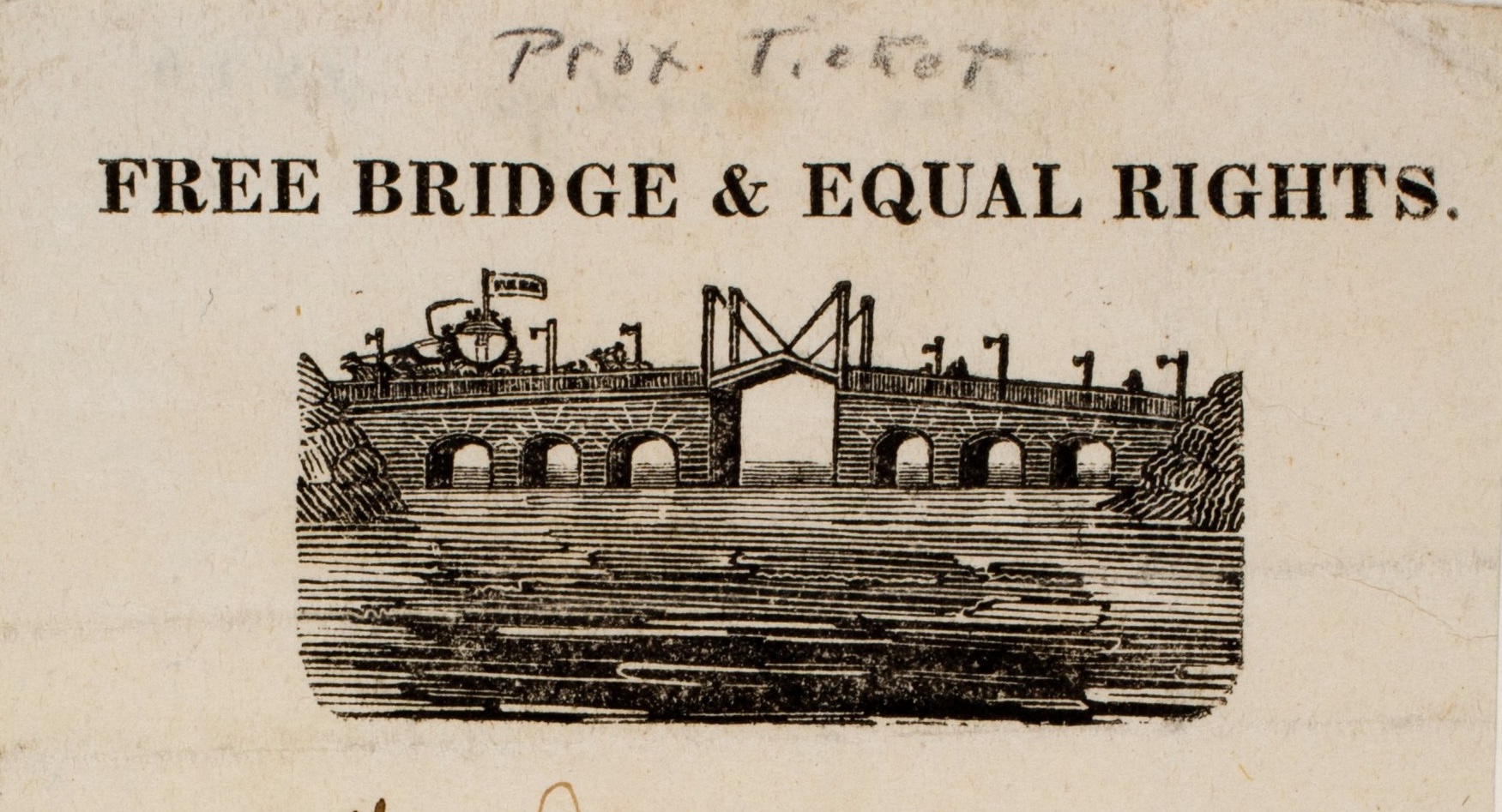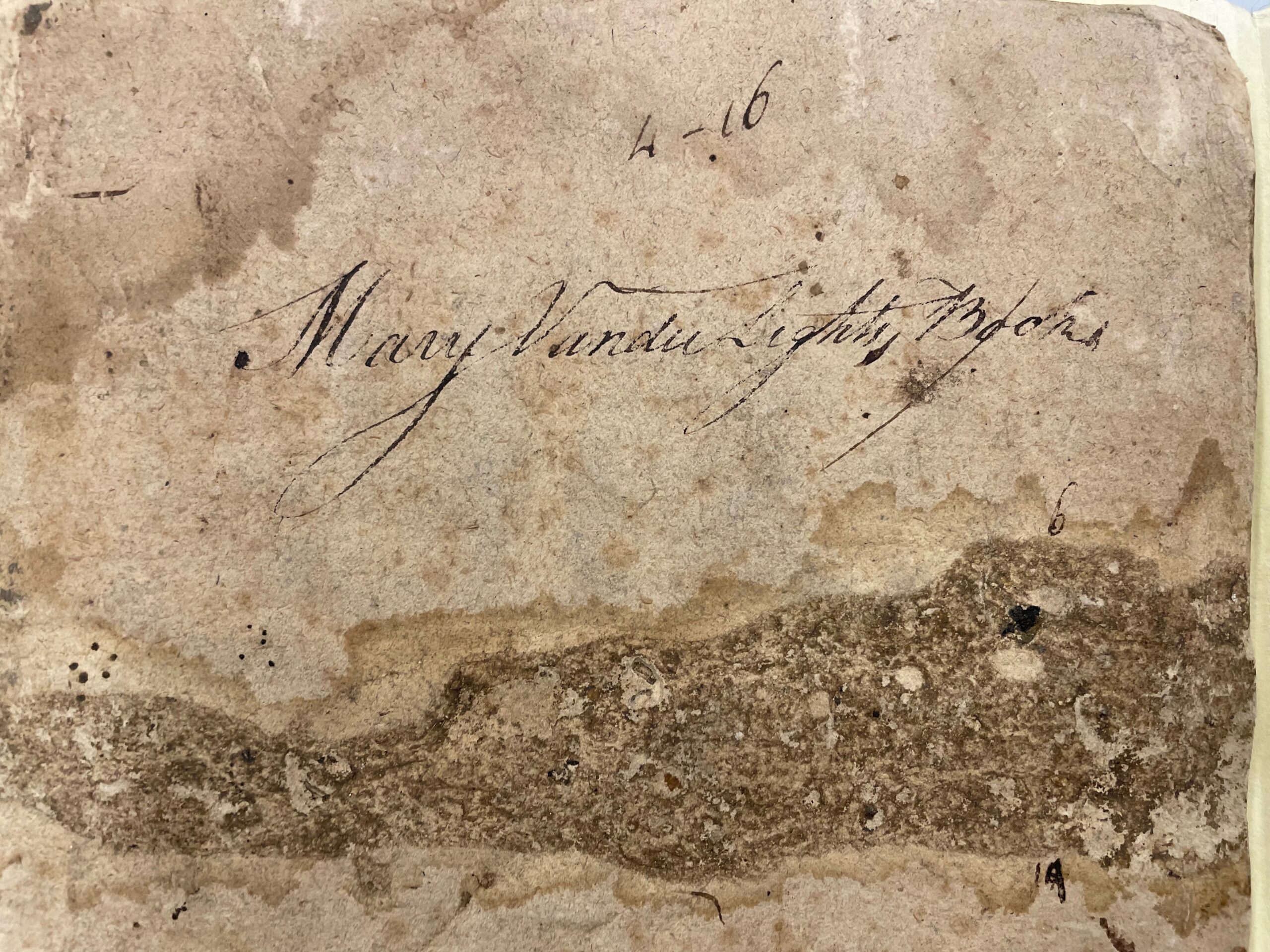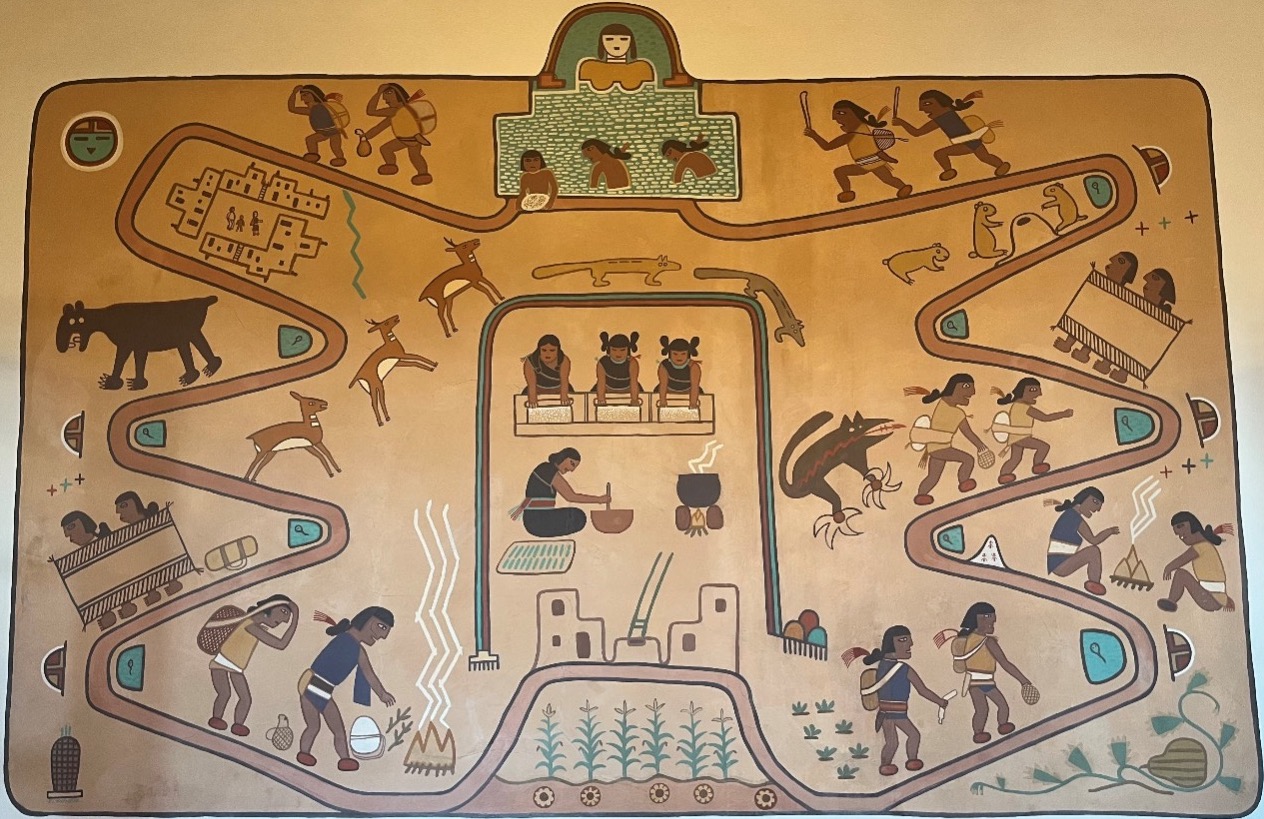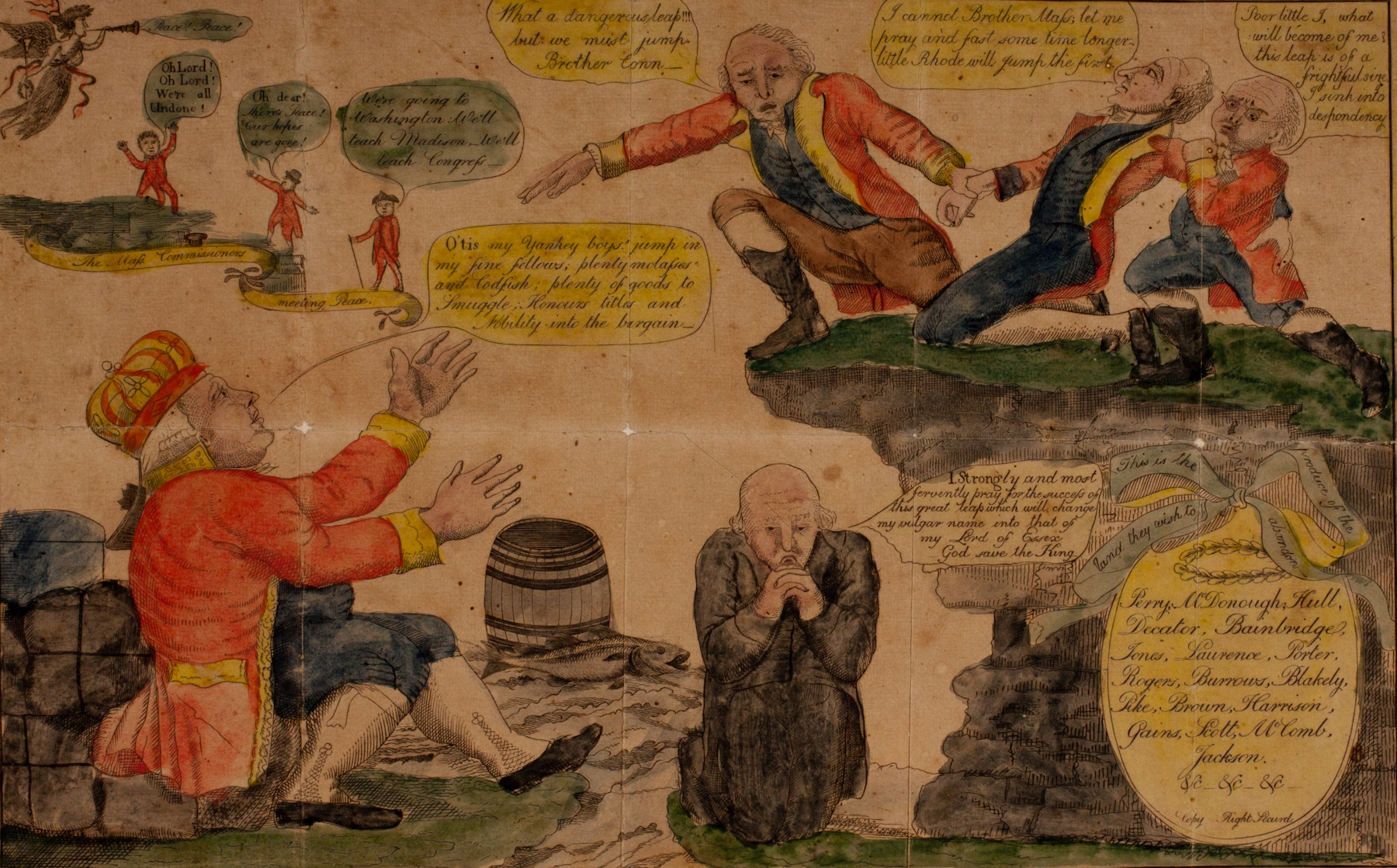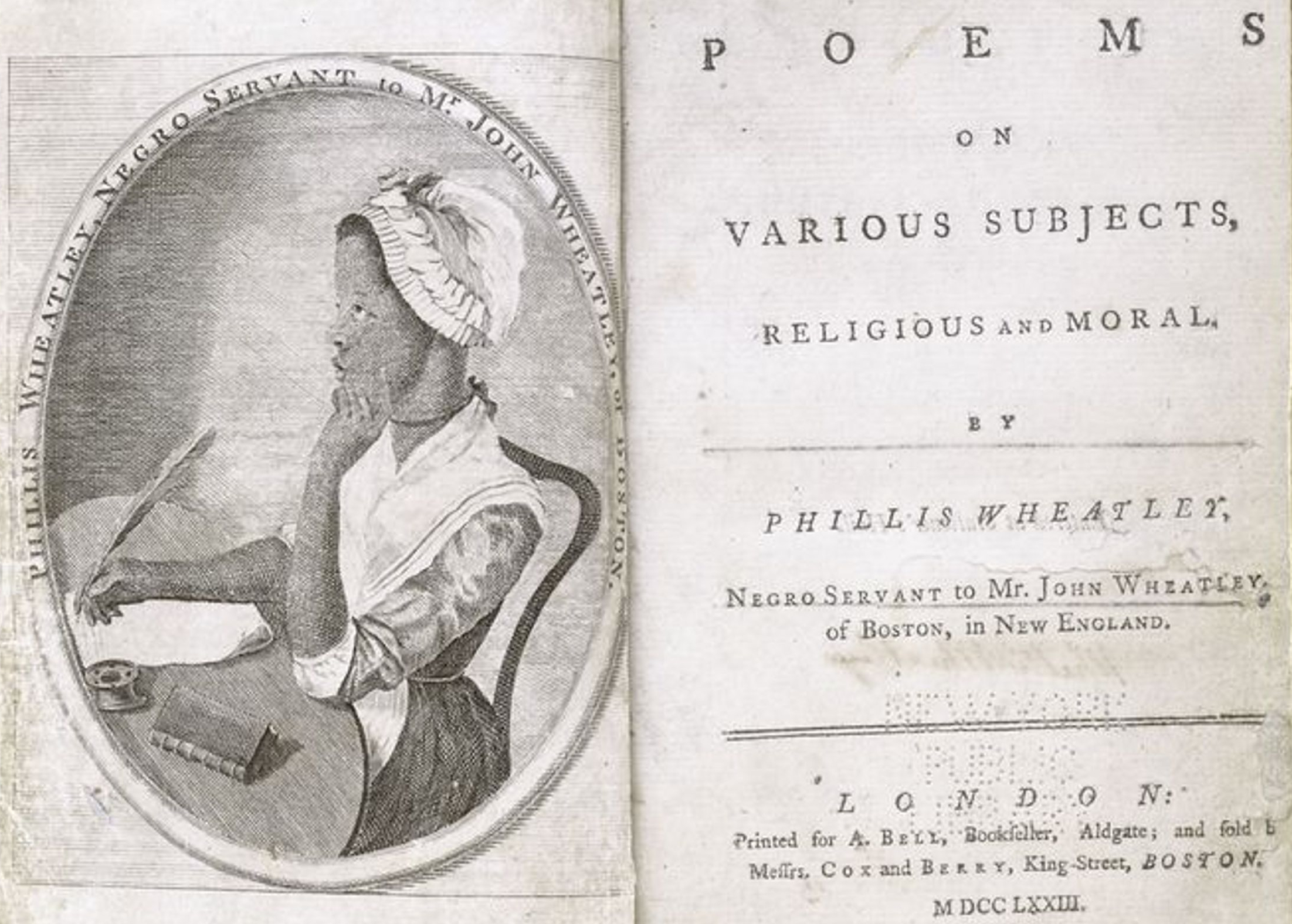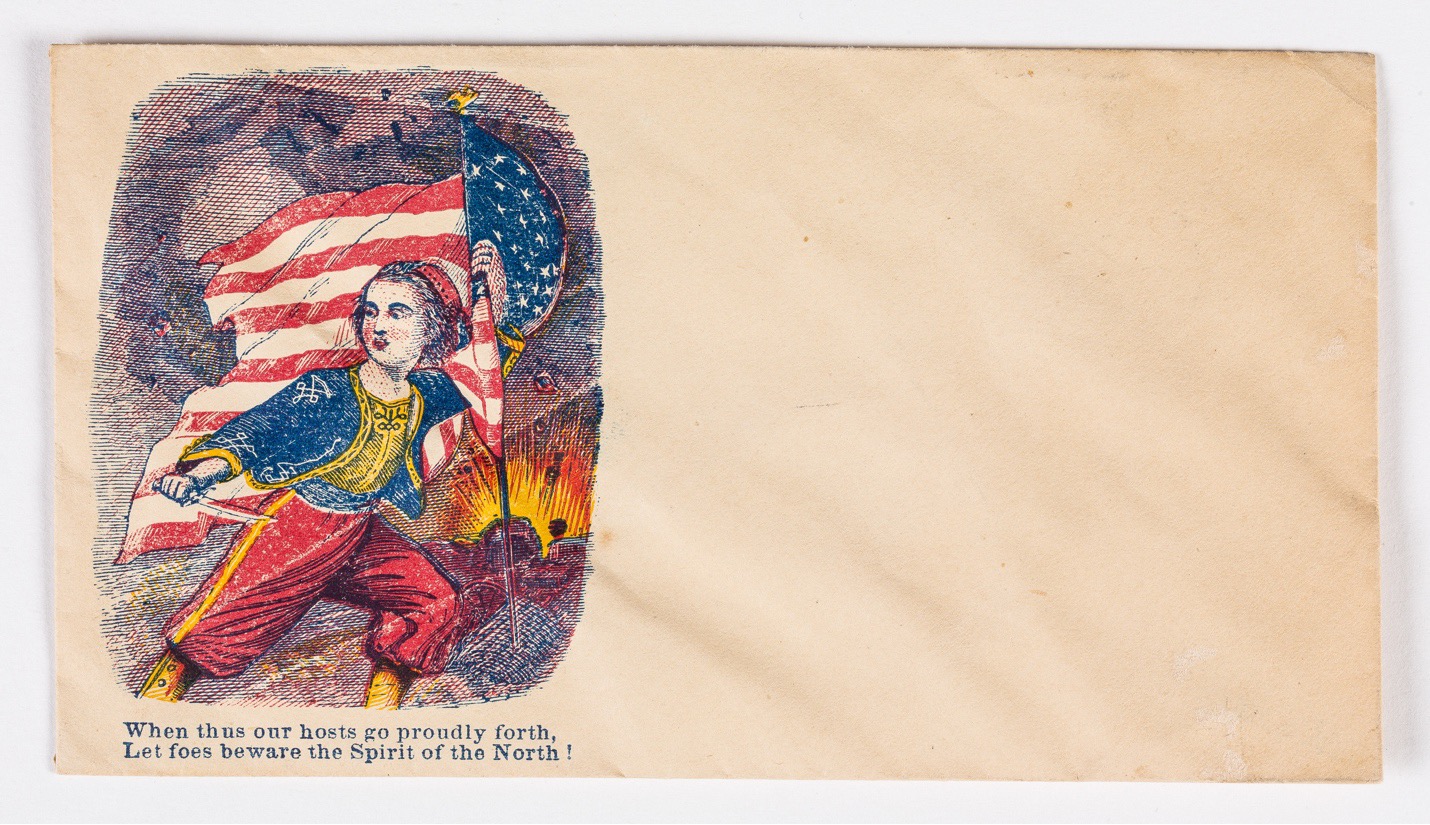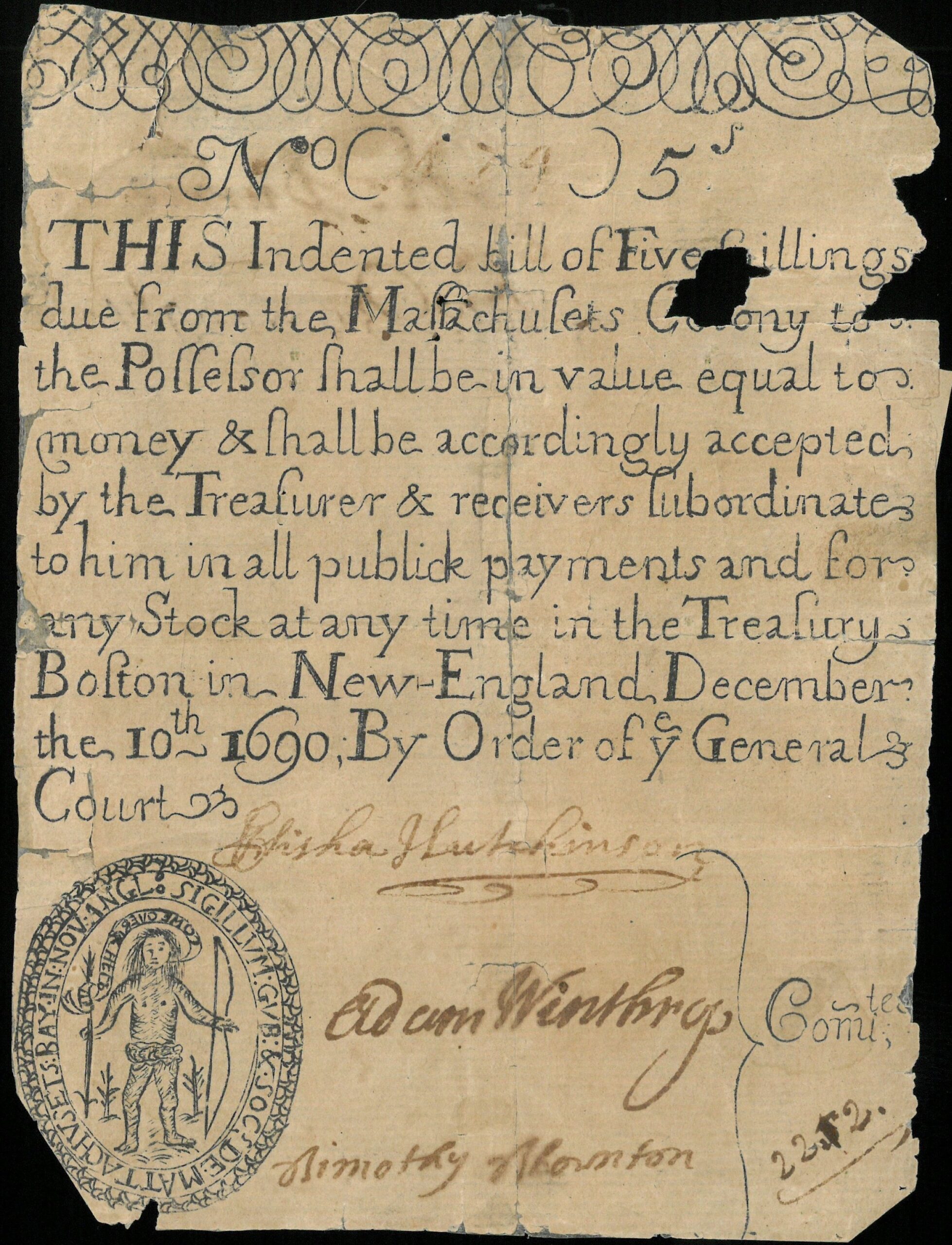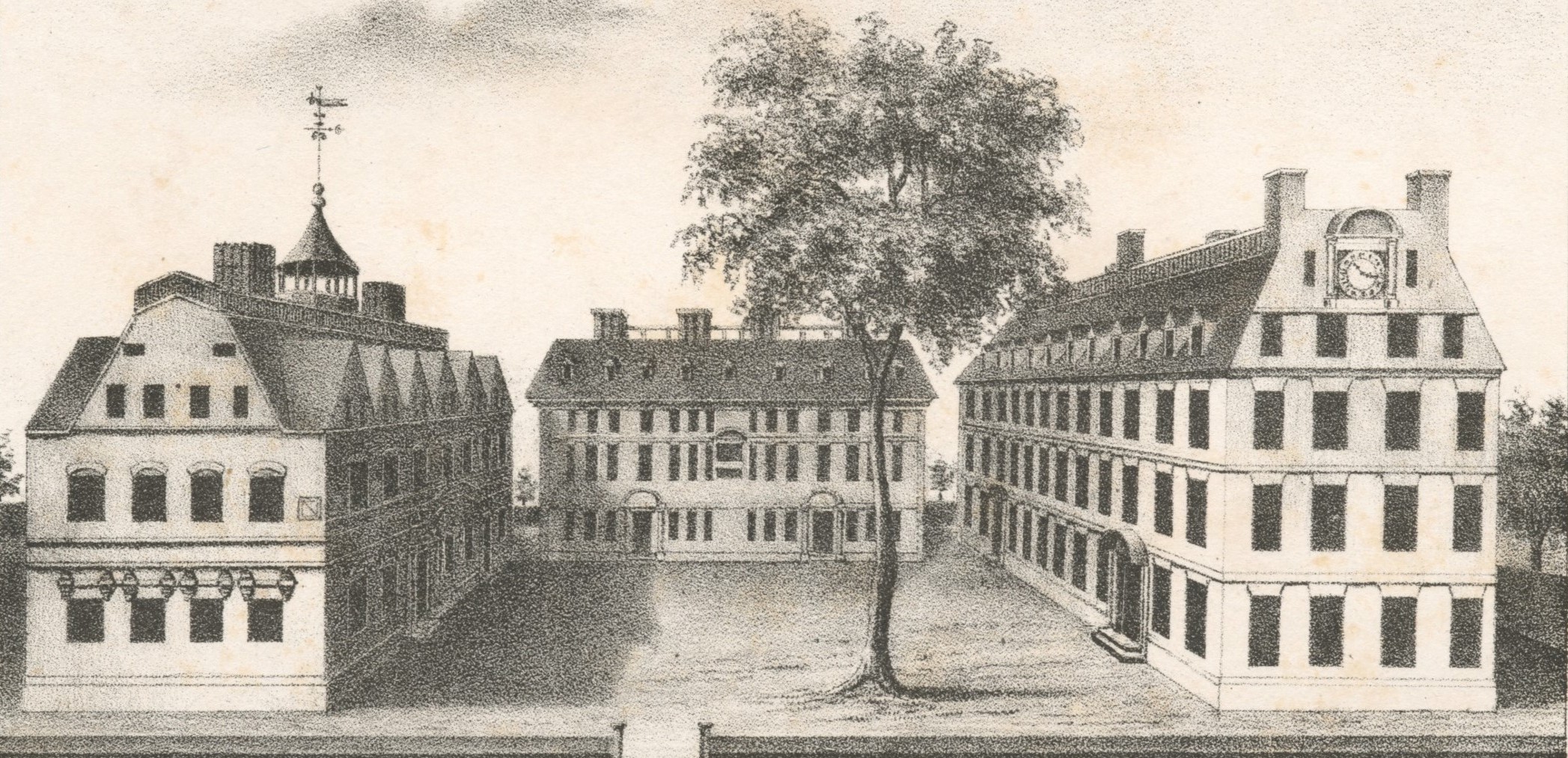Frantic graduate students and overcommitted academics may well despair when they begin Fred Anderson’s new book, Crucible of War. Length is not the problem, exactly. The trouble is that it is long and utterly readable, compelling, and impervious to skimming. Sadly, serious history books are not supposed to be this much fun nowadays, and readers might experience a bit of guilt for spending the extra time on such a good story. If it is any consolation, Crucible of War has nearly as much to teach about form and style as it does about the Seven Years’ War.
Fred Anderson has been a vocal advocate of lucid prose and narrative style through example and exhortation. In a coauthored essay, Anderson and Andrew R. L. Cayton suggest that the multivalent perspectives that emerged with the ascendancy of social history made narrative a dangerous form to work with. Professional historians still love grand stories, the authors argue, but they do not trust them to convey the exhilarating complexities social history has revealed. So what is a conscientious storyteller to do? “If some of us fear that we are wandering in an epistemological wilderness, our best hope of finding a way out may lie in recognizing the enduring relationship between form and content and, through literary craft, seeking authorial voices and rhetorical strategies consistent with the points we wish to make.” [1] Crucible of War illuminates both the potentials and the difficulties of harmonizing form and content through a particular narrative strategy. This essay will briefly consider the consistency of the book’s particular narrative style with three major goals its author establishes in the introduction. First, Anderson hopes this book will appeal to both academic and general audiences. Second, in substance as well as style he intends to emphasize contingency, whether it be the uncertainty of individual encounters or battles, the ultimate outcome of the war, or even the eventual outbreak of the Anglo-American, French, and Spanish-American Revolutions. Finally, the introduction tells us that “the story that follows depicts the Seven Years’ War above all as a theatre of intercultural interaction,” where Indians are anything but incidental to the tale.
The narrative strategy of Crucible of War is perfectly suited to the first two goals. It is a deeply learned book that will appeal to anyone who enjoys expert storytelling, and readers will leave with a healthy appreciation for the contingent nature of events surrounding the Seven Years’ War. Anderson relies on two broad narrative strategies to tell such a readable, compelling, and contingent story: an emphasis on the significance of individual characters, and a disciplined adherence to chronology. The pleasures of the book are in large part consequences of his skillful revival of these two narrative strategies, both hallmarks of a much older historiography. At the same time, Crucible of War‘s insistence on character and chronology diminishes the presence and significance of Indians relative to Europeans and Euro-Americans, and compromises its third goal of fully integrating native peoples into the narrative. The book therefore raises an important problem for historians who want to do what Anderson has done–write about Indians not in an isolated, nearly anthropological sense, but rather through telling stories in which they take an indispensable and organic part.
Throughout Crucible of War, Anderson makes important and compelling arguments for the power of culture in shaping historical outcomes. But every chapter features individuals within cultures profoundly and uniquely influencing events, large and small. Insofar as this book is about people we come to know, it often reads like a good novel. The narrative dedicates much energy to cultivating certain personalities so that it might show us, rather than tell us, how they mattered. Within the British metropolitan military culture, for example, we meet a range of figures. Major General Edward Braddock sets the tone early on when he manages to alienate all of the Ohio Indian chiefs whom the trader George Croghan could find, and then marches his lily-white troops into a slaughter on the Monongahela River. On the opposite extreme we come to sympathize with the long-suffering General John Forbes, who uses much of his last remaining energies to secure a treaty with the Ohio Indians and even on his deathbed implores Jeffrey Amherst to respect his indispensable Indian allies. Colonel John Bradstreet seems sadly familiar when in his ignorance and arrogance he destroys a wampum belt sent by Pontiac and in so doing annihilates his own credibility.
We meet dozens more Europeans and Euro-Americans. Rather than simply listing these individuals and detailing their most significant deeds, Anderson endeavors to reveal them as characters, and he succeeds in such a way that we can often predict how they will act based on their personalities. This deeply personal narrative strategy provokes an unusual sympathy and investment from the reader and emphasizes the notion that even events of global significance are contingent upon individual acts. Yet while Indian communities are clearly essential to this story, prominent individual Indians are comparatively few in number; in part, it seems, for want of sources. Anderson did have primary and secondary material enough to paint complex pictures of three high-profile Indians: Tanaghrisson, Teedyuscung, and Pontiac. But they are lonely exceptions in this big book. By spending such time on the inner workings of individual Europeans, and so little on the personalities of native figures, without explaining why, the narrative inevitably implies that while culture and personality mattered for Europeans, only culture mattered for Indians. Consequently, Indian actors in this book often seem too rational, or, more exactly, only rational–even mechanical. This is particularly true in regard to alliances. Perceptive Europeans, like Forbes, realized that securing Indian alliances was perhaps the most critical endeavor in the North American theater. We might expect, then, that the decisions of Indian communities to aid or not to aid one side or the other would require thorough explanations that account for their individual and local situations. Because the sources make this difficult or impossible in most cases, Anderson either skips such explanations or resorts to what he imagines would be the most reasonable response to European actions. Decisive factors within Indian communities are rarely discussed. One possible way to compensate for this imbalance would have been to be explicit within the text about the source problems, about what we cannot know, and about why that matters. But the narrative’s adherence to chronology effectively trumps this possibility.
Crucible of War is strictly chronological in a way few books are anymore. Again, instead of simply pointing out how contingent certain things were, Anderson shows us by keeping us tied to chronology. We are allowed a kind of geographical omniscience in the midst of this far-flung conflict, but temporally we are bound to experience the progress of the war in much the same way its witnesses did. To understand what happened in any of the major campaigns, we read month by month as the drama unfolds. Each individual chapter has a date as a subheading, and the book as a whole is carefully designed to steadily escort us forward through time. Stopping periodically to discuss source problems, or to speculate about Indian motivations through the use of upstreaming or analogy to other events out of time or place, would have distracted the reader from the carefully contingent and strictly chronological narrative that helps make this book such a pleasure to read. There are exceptions of course: places in the text where chronology is suspended for an analytic purpose. For example, in a chapter on the event that triggered the war (chapter 5), Anderson resists the urge to tell a fantastic story with maximum drama and instead discusses it as a source problem. The event in question was a skirmish between a French party and a small Virginian force, led by George Washington and guided by a party of Iroquois warriors. After the fight, the Seneca chief Tanaghrisson addressed the French commander, saying something like, “You are not dead yet my father,” then, shattering his skull with a hatchet, Tanaghrisson “washed his hands in Jumonville’s brain.” Several accounts of the event have survived, and we are introduced to them in turn as Anderson makes a case for what most likely happened and why. The section helps us understand Washington’s character, Tanaghrisson’s motivations, and the trouble with source material in a way that a strictly chronological narrative could not. But this type of telling is just not as good of a story. (And stories are, after all, what this book loves, so it should be no surprise that its author could not resist narrating Jumonville’s demise in full storyteller mode for a preface added shortly before publication.) Readers will find other examples of an overtly analytic mode in Crucible of War, but not many. The steady, contingent story Anderson so carefully prepared would not have survived regular digression out of chronology. Beyond being a guilty pleasure and a thorough education on the Seven Years’ War, this book raises an important problem about craft. What kind of narrative strategies can we create to help us incorporate Indians into our histories in satisfying ways, and still tell stories half as well as Fred Anderson does in Crucible of War? Through what it does and does not accomplish, this fine book challenges us to dedicate more energy and imagination to communicating argument through form.
1. Fred Anderson and Andrew R. L. Cayton, “The Problem of Fragmentation and the Prospects for Synthesis in Early American Social History,” William and Mary Quarterly, 3d. ser., 50 (1993): 305.
This article originally appeared in issue 1.1 (September, 2000).
Brian DeLay is a PhD candidate at Harvard University studying Indian power in the American southwest, 1821-1848.





